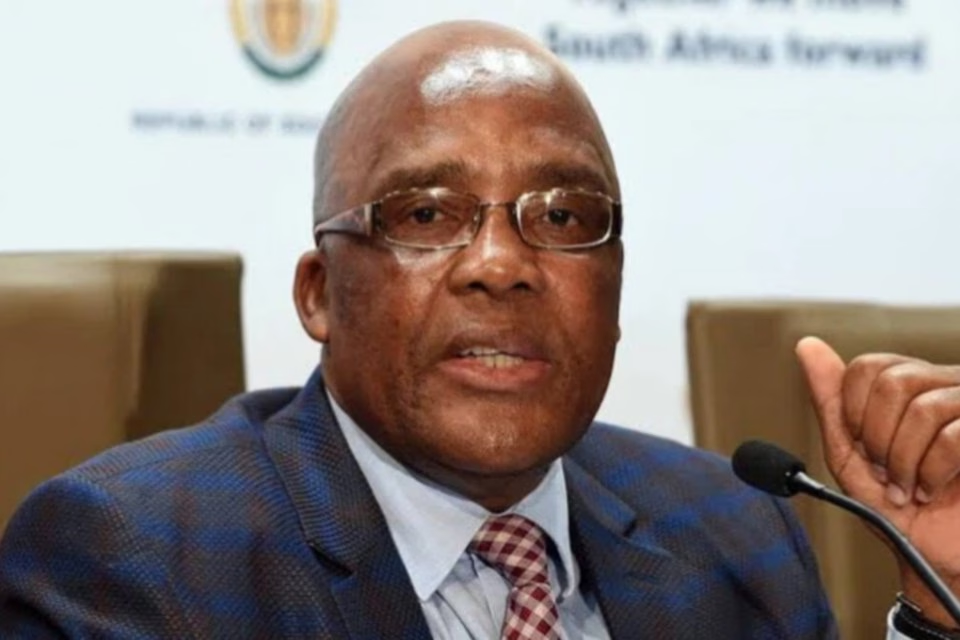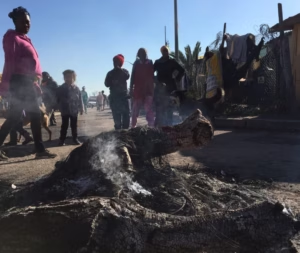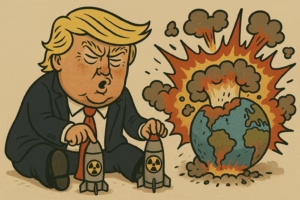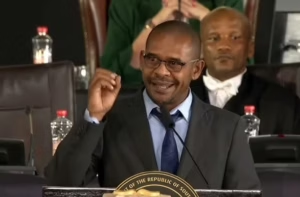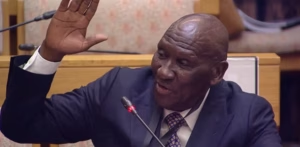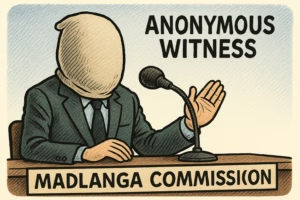South Africa is set to expand its HIV prevention response through a new United States Dollar 3.49 million partnership with China, a two year initiative aimed at reaching adolescents, young people, and people who inject drugs. The financial commitment, valued at approximately R60 million, arrives at a time when the global fight against HIV faces renewed pressure, constrained resources, and shifting public health priorities. The investment places a strong focus on populations that remain at disproportionately high risk of infection, reinforcing the urgent need for evidence based interventions in communities where access to prevention services remains uneven.
Funding That Seeks To Close Critical Gaps
Announcing the initiative in Pretoria, Health Minister Dr Aaron Motsoaledi noted that the contribution provides support during a difficult period for prevention programmes. He emphasised the strain placed on national efforts when external financing diminishes, stating that the grant arrives at a moment “when the funding for HIV prevention interventions is shrinking.” The project will operate across seven provinces, with a plan to engage 54 000 adolescents and young people enrolled in Technical and Vocational Education and Training colleges. In Gauteng, a parallel component aims to assist 500 people who inject drugs through harm reduction, opioid agonist therapy, and tailored support services.
Adolescents Face Persistent And Unequal Risk
South Africa continues to carry the largest HIV burden in the world, with an estimated 8 million people living with the virus. Despite decades of progress in treatment access and education, new infections remain concentrated among the country’s youngest and most vulnerable. UNAIDS executive director Winnie Byanyima highlighted the scale and urgency of the problem, warning that the statistics reflect a much deeper social crisis. She stated,
“In this country, every day, 122 adolescent girls and young women acquire HIV, 1000 every week. This is not just a biological gap. It is a justice gap. We are failing them,”
adding that any sustainable solution must address gender inequality, poverty, and violence. These intersecting pressures, she argued, continue to undermine young women’s agency over their bodies and futures.
Motsoaledi echoed these concerns, describing adolescents as central indicators of the country’s overall progress. He stressed that their wellbeing carries broader implications for the nation’s long term health trajectory, noting that
“They are not just beneficiaries. They are the barometer of our society’s future health.”
People Who Inject Drugs And The Structural Barriers They Face
While adolescents remain a key focus, the partnership also turns attention to people who inject drugs, a population greatly affected by stigma, limited access to services, and restrictive laws. Motsoaledi urged a more compassionate approach to healthcare delivery, stating,
“People who inject drugs deserve health services that are tailor made yet fully integrated. We ought not to be judgmental.”
The minister highlighted the lack of reliable national data on opioid substitution and replacement therapy. Without robust evidence, he argued, health authorities cannot design policies that effectively meet the needs of this community. Pilot projects in two provinces will attempt to fill this gap, generating insight to guide future decision making. Motsoaledi said,
“This will generate pragmatic lessons, informing strategic guidance, within the required legal framework. This financial support from China will be catalytic for South Africa to fast track pilot activities and inform us better.”
Treatment Interruptions Deepen Transmission Risks
Research published in the Southern African Journal of HIV Medicine shows the scale of the challenge. Only 40 percent of people who inject drugs who begin antiretroviral therapy are still on treatment six months later. This means that for every ten individuals who start treatment, only four remain long enough to benefit from it. Interruptions allow the virus to rebound, heightening transmission risk and increasing the likelihood of drug resistance, a growing concern in global HIV management.
The Push Toward Ending HIV As A Public Health Threat
Motsoaledi expressed confidence that South Africa can eliminate HIV in the same way that smallpox was eradicated, but only if the country intensifies its outreach and addresses gaps that persist in overlooked communities. He described this moment as critical, stating,
“This is our last mile for eradicating HIV as a public health threat. Therefore, there’s no room for waiting. No space to delay.”
He acknowledged that progress will not come easily, noting the complexity of the challenges that remain. As he observed,
“Let us not pretend that these issues are easy. Substance and drug abuse, young people’s vulnerability, and high HIV prevalence among key populations are the uncomfortable battlegrounds of modern public health.”
Yet the collaboration between China and South Africa represents a renewed attempt to reach those who have not benefited equally from previous interventions, strengthening the country’s capacity to move closer to its long term goals.

